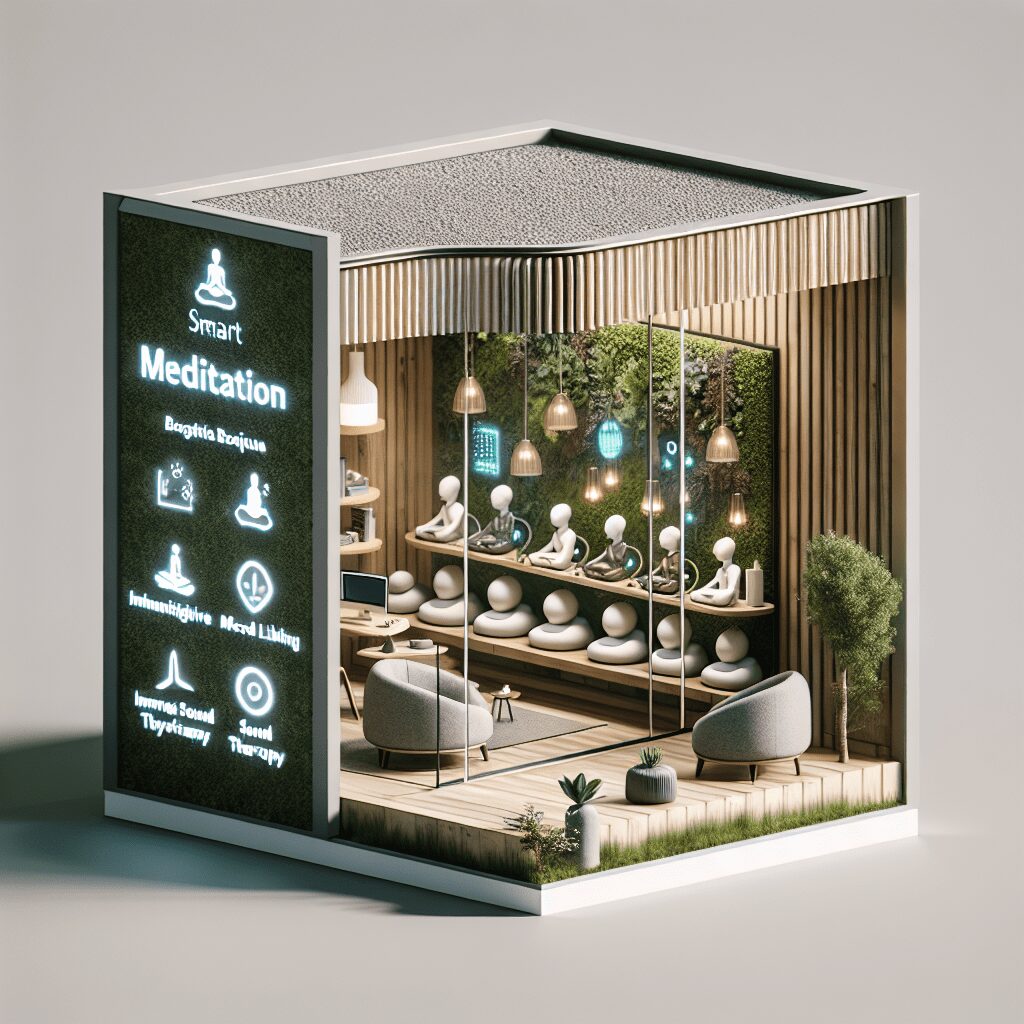
Prioritize your mental well-being daily. Enhance your life by nurturing your mental health with the Smart Meditation app. Break free from stress, alleviate anxiety, and enhance your sleep quality starting today.
How Many Zoloft Equal A Xanax?
Navigating the Labyrinth of Anxiety Medication: Zoloft vs. Xanax
In the quest to tame the twin dragons of anxiety and depression, two names often pop up as stalwart defenders in the pharma realm: Zoloft and Xanax. These medications, while both knights in shining armor for many battling mental health issues, come from different families in the pharmacological kingdom. Therefore, comparing them is akin to measuring apples against oranges – both fruit, yet vastly different. So, how many Zoloft equal a Xanax? Let’s unravel this mystery with a bit of panache and a dash of science.
The Core Differences: SSRIs vs. Benzodiazepines
First off, let’s clear the air with a bit of Pharmacology 101. Zoloft (sertraline) hails from the SSRIs (Selective Serotonin Reuptake Inhibitors) lineage, proficient at assisting your brain in juggling serotonin more effectively, thereby improving mood and anxiety over time. SSRIs are the long-game players, taking weeks to show their true colors.
On the flip side, Xanax (alprazolam) belongs to the benzodiazepines’ clan, known for their prowess in calming the nerves almost instantly. They’re like the rapid response team showing up at the brain’s SOS signal for acute anxiety attacks. However, their heroic feats are often short-lived, and they’re not recommended for the long haul due to the risk of dependency.
Comparing the Incomparable: Dosage Dilemmas
Now, onto the heart of the matter — how do you compare the two? It’s like asking how many bicycles equal a car? They serve different purposes, traverse different paths, and operate on distinct timelines. However, for the sake of argument and understanding, let’s navigate this terrain cautiously.
-
Dosage and Efficacy: Zoloft’s typical dosage for anxiety or depression starts at 25-50 mg per day and could be revved up to 200 mg daily depending on the doctor’s directive and patient’s response. Xanax, being the quick fix, usually ranges from 0.25 to 0.5 mg per dose for anxiety, with a cap at 4 mg in divided doses for severe panic attacks.
-
The Apples-to-Oranges Conundrum: There’s no direct conversion rate or formula where you can swap Xanax for Zoloft or vice versa like currency exchange. Their mechanisms, durations of action, and therapeutic outcomes are as divergent as the paths in Robert Frost’s yellow wood.
Navigating the Personal Prescription Path
If you’re caught in the tempest of anxiety or depression, it’s paramount to consult the compass of a healthcare professional. Choosing the right medication, or combination thereof, is a tailored affair — what works wonders for one may not for another. Here are a few considerations:
-
Long-Term vs. Short-Term: Zoloft might be your ally for the long march, nudging you towards gradual improvement. Xanax could serve as the trusty sidekick for acute bouts of anxiety.
-
The Dependency Debate: SSRIs like Zoloft usually don’t lead the parade towards dependency or withdrawal issues, unlike their benzodiazepine counterparts, including Xanax.
-
Side Effects Saga: Both meds have their baggage of side effects, varying from mild to maddening for different individuals. It’s about finding a balance that your body and mind can live with.
-
Doctor’s Orders: Above all, let the guiding light in this journey be the wisdom of your healthcare provider. Their knowledge and experience are your best allies in making an informed choice.
Wrapping It Up With a Bow
So, back to our original conundrum — how many Zoloft equal a Xanax? It’s an equation that doesn’t quite compute in the traditional sense. The truth is, navigating anxiety and depression treatment is a personalized journey rather than a one-size-fits-all roadmap. While we’ve attempted to shed light on the differences and uses of Zoloft and Xanax, the essence of the matter is that each individual’s experience with these medications will be as unique as their journey. Always consult with healthcare professionals to find the beacon of hope that guides you to safer shores, steering clear of the stormy seas of mental health challenges.




